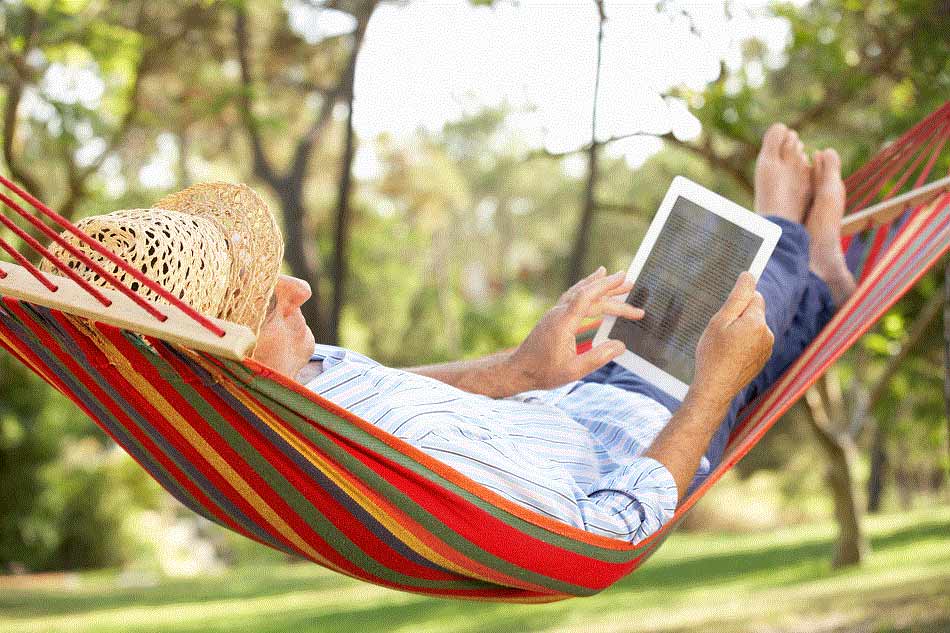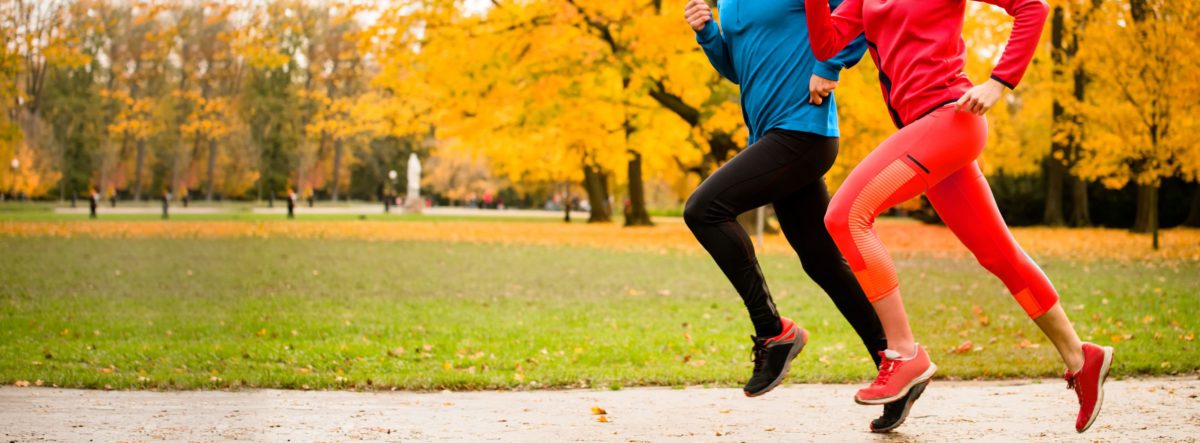Summer’s here!!
For many of us, this’s a time to recharge, relax and rest so we’re in the best possible shape to begin the new year. Well, once all the holiday festivities are out of the way!! And what better way to relax than to get caught up in a book?
Our staff have provided brief descriptions of some of their favourite reads. From fiction to non-fiction, fantasy to biography, there’s something here for everyone. Enjoy!
The Snowman (Harry Hole #7) – Jo Nesbo
I’m a big fan of the Jo Nesbo Detective Harry Hole series – and his latest is a ripper, literally. There’s nothing like a chilling Nordic thriller to while away the hot summer days!
Meditation: An In-Depth Guide – Ian Gawler & Paul Bedson
I loved this book because it explains how meditation is used to help heal pain and illness and it’s a practical guide which is great for someone who is a bit overwhelmed by the practice of meditation i.e. ME! A great tool to help you get in touch with your inner peace.
Hitchhikers Guide to the Galaxy – Douglas Adams
This series is an oldie, but such a goodie. Laugh out loud craziness as Arthur Dent, a hapless Englishman, is rescued from Earth seconds before it’s destruction to make way for a galactic freeway.
1491: Revelations of the Americas Before Columbus – Charles C. Mann
1491 is a fascinating and creative non-fiction story, about the exploration of pre-Columbian Americas, and the indigenous people who lived there. It is an enjoyable and captivating read, filled with adventure and insight.
The Dresden Files – Jim Butcher
Love this fantasy book series. What’s not to love about Harry Dresden, a wizard private investigator in modern day Chicago. They’re fun, fast-paced books that’ll have you reaching for the next book in the series in no time.
Books That Changed History: From the Art of War to Anne Frank’s Diary
This is a beautiful book to read. It features over 75 of the world’s most celebrated, rare, and important books – from 3000 BCE to the modern day. Each book is thoroughly explored, with gorgeous photos and insightful text. If you love books, you’ll adore this one.
The Couple Next Door – Shari Lapena
‘You never know what’s happening on the other side of the wall’ I just finished this psychological thriller. Didn’t want it to end.












